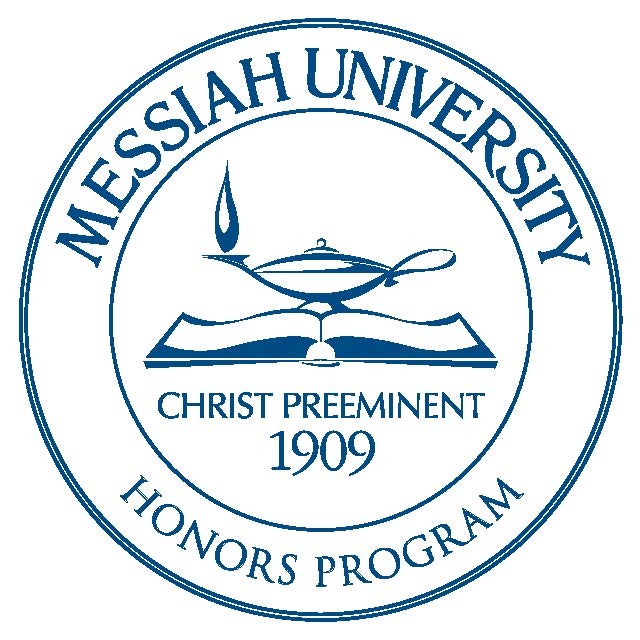Date of Award
5-2-2014
Document Type
Thesis
Department
Chemistry and Biochemistry
Abstract
Soil contamination by heavy metals, such as nickel, is a problem in many areas. However, some plants exhibit the ability to accumulate high levels of nickel into their biomass, which can be used to remove the metal from soil in a process known as phytoremediation. Current hyperaccumulating species grow too slowly for useful phytoremediation, leading to efforts to engineer rapidly growing transgenic phytoremediators. The common model organism Arabidopsis thaliana has proved useful for this work as it contains several of the accumulation-associated protein families present in natural hyperaccumulators. Previous studies have indicated a correlation between endogenous free histidine pools and hyperaccumulation. This study aims to investigate the relationship between histidine levels and A. thaliana’s ability to accumulate nickel, which necessitates the ability to accurately quantify levels of histidine within the plant. A protocol was developed to quantify histidine from plant extracts using high performance liquid chromatography (HPLC) and pre-column deritivization of amino acids with ophthaldialdehyde/N-acetyl-L-cysteine (OPA-NAC). Initial histidine analysis proved linear over a wide concentration range (1 μM to 100 mM) and remained reliable in the presence of multiple amino acids with the use of standard addition. Initial efforts were also made to develop a protocol to quantify histidine using electrochemistry as this method offers the potential to very selectively quantify histidine, histidine complexed to nickel, and free nickel from the same plant extraction solution and so allow for a more informative analysis of the relationship between high histidine levels and nickel accumulation in plants.
Recommended Citation
Veazey, Janelle; Schaeffer, Richard; and Shin, Michael, "Quantification of Histidine from Plant Extracts using High Performance Liquid Chromatography and Electrochemistry" (2014). Honors Projects and Presentations: Undergraduate. 212.
https://mosaic.messiah.edu/honors/212


